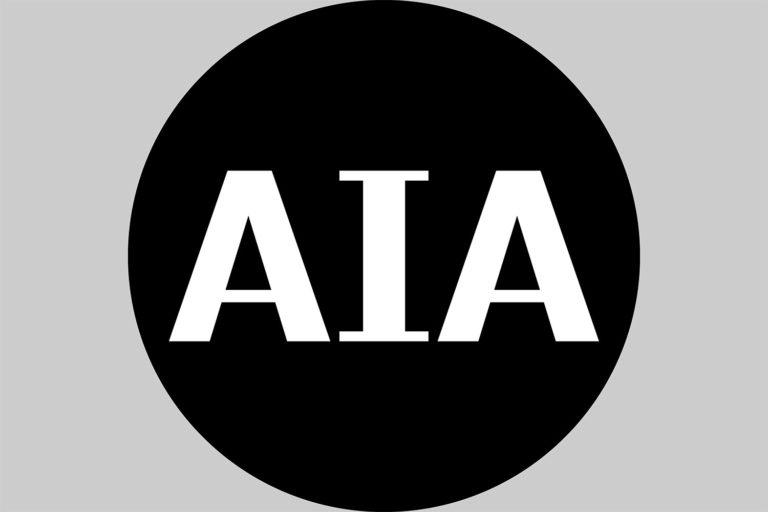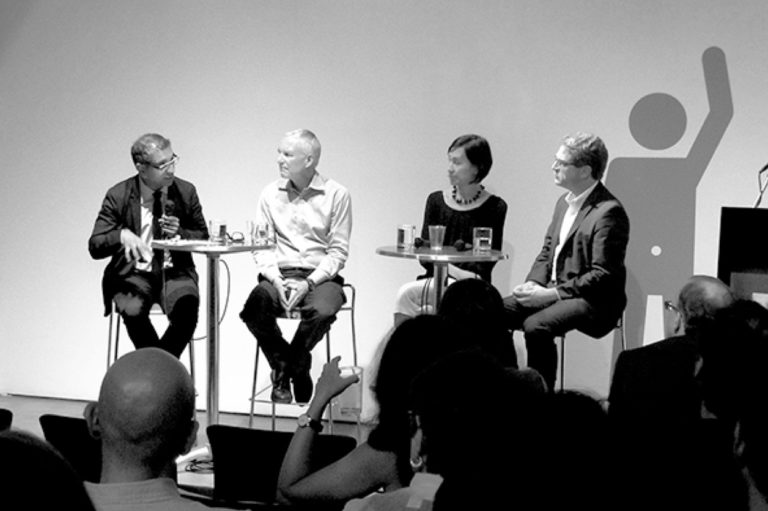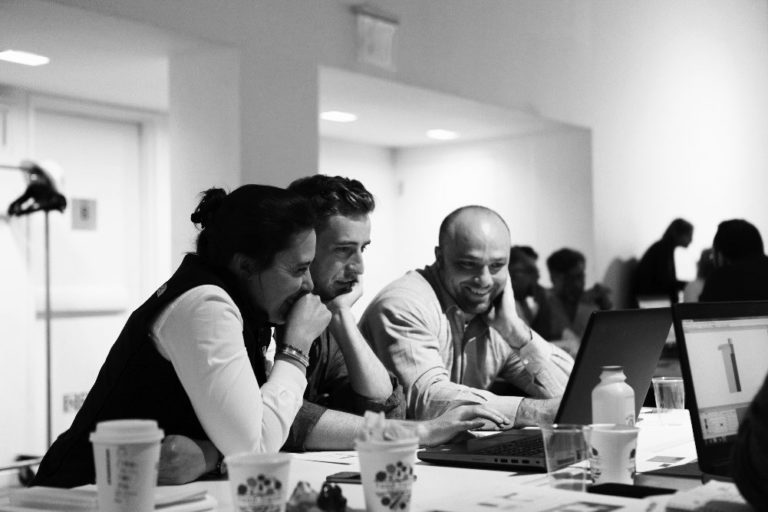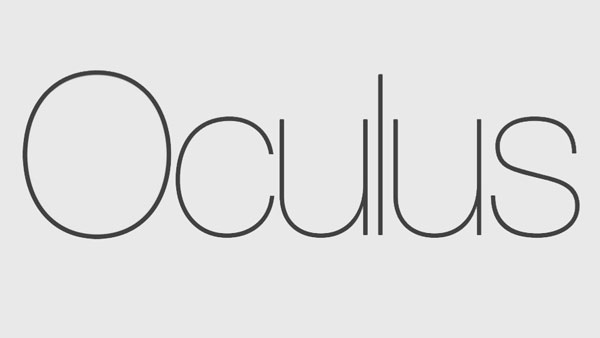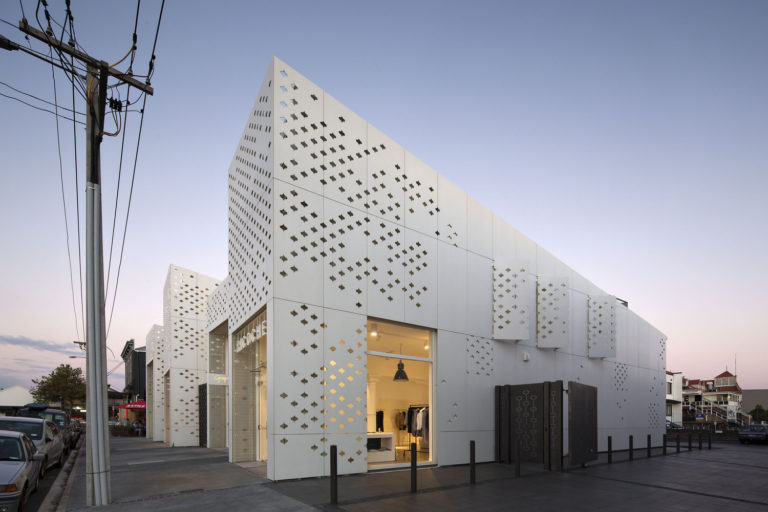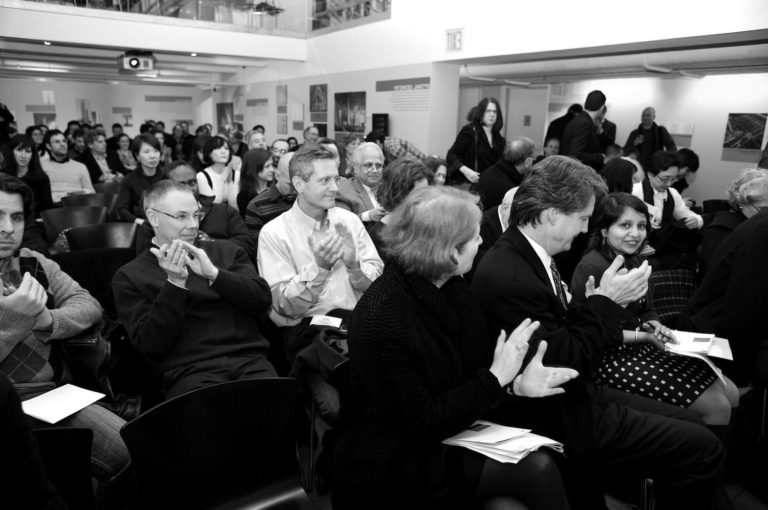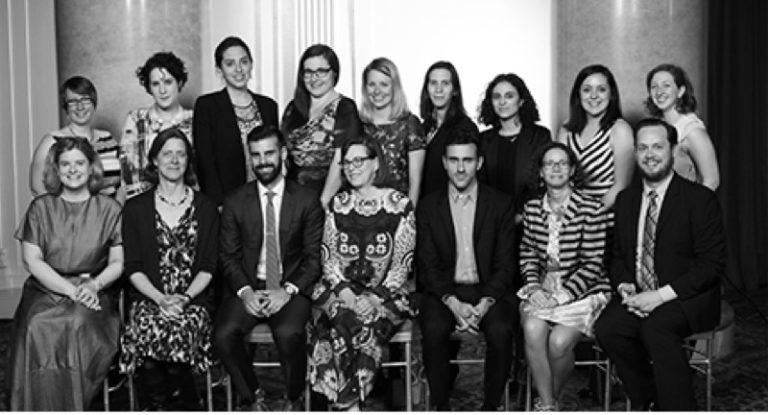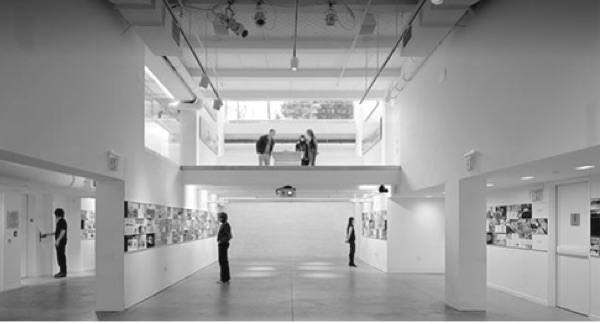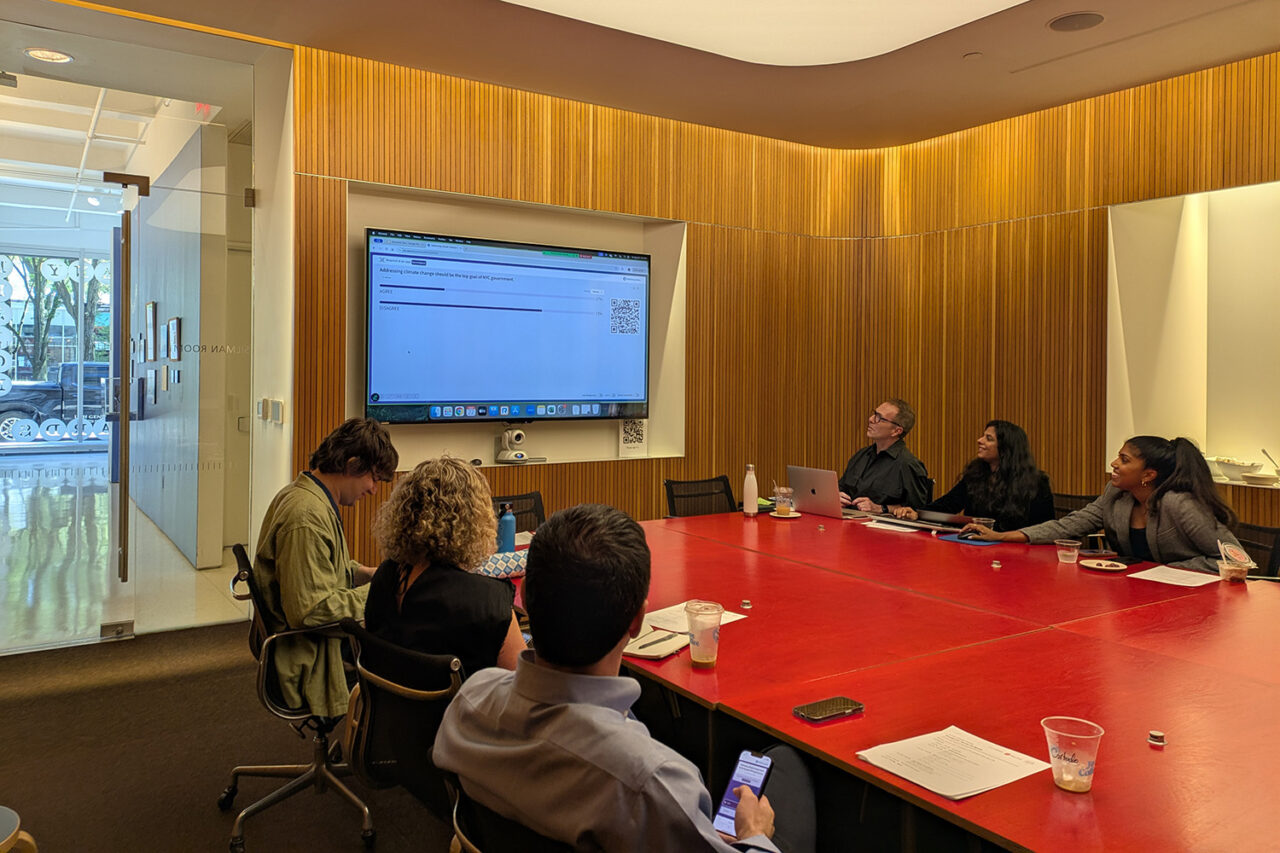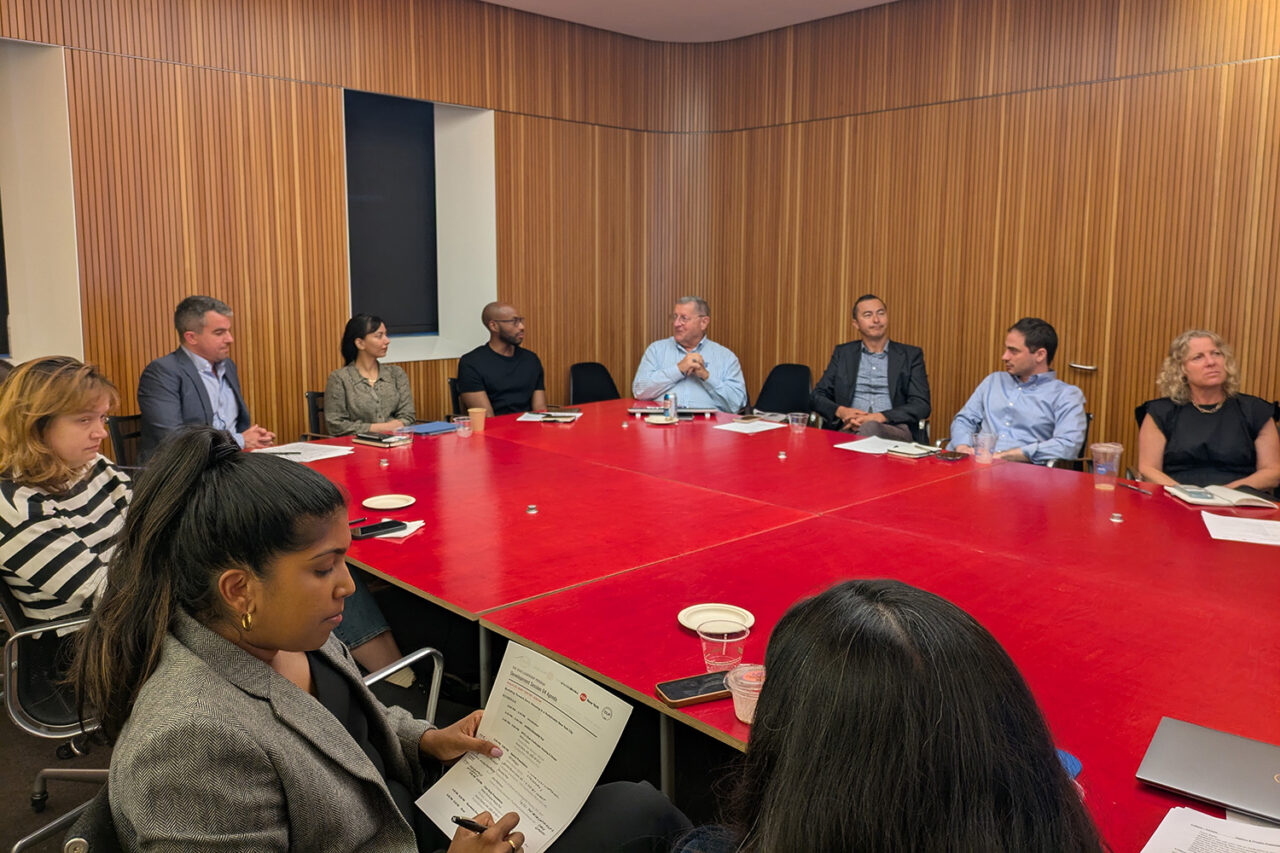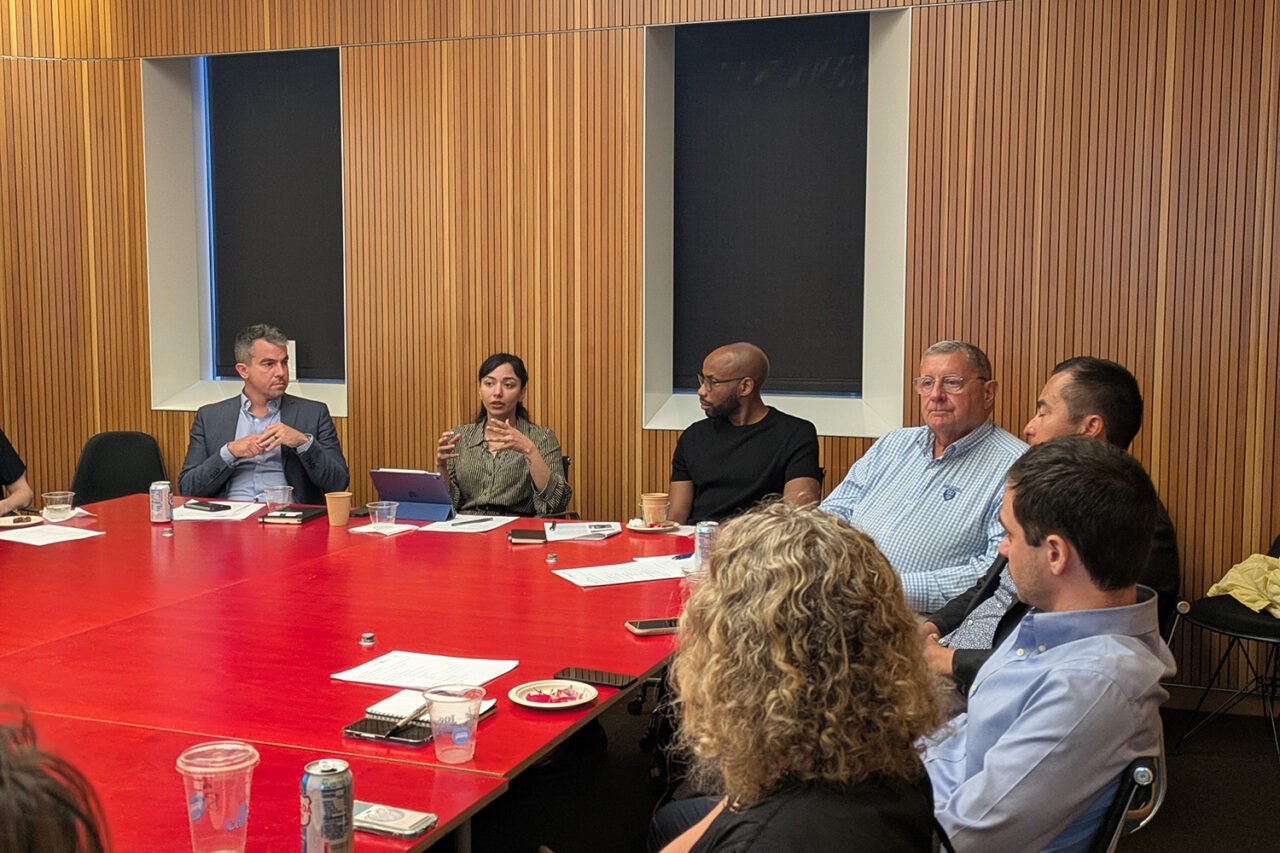by: Maha Idrees and Kevin Davis, AIA, LEED AP
by Maha Idrees and Kevin Davis, AIA, LEED AP
How can New York City tackle its housing challenges without deepening its climate crisis?
That big question framed the fourth development session of the 2025 AIANY Civic Leadership Program, “Building Toward Zero: Housing for a Sustainable NYC – Development, Equity & Environmental Responsibility,” hosted on August 22 by Civic Leaders Maha Idrees and Kevin Davis, AIA, LEED AP.
The session brought together a dynamic mix of architects, city officials, academics, and community advocates to wrestle with one of the city’s most pressing dual challenges: providing affordable housing while meeting ambitious climate goals.
New York is facing record-low housing vacancies, rising rents, and a growing shelter population. At the same time, buildings account for nearly 70% of the city’s greenhouse gas emission, most of which are emitted by aging, inefficient housing stock. The result: a city where housing instability and environmental vulnerability often go together, especially for low-income communities.
Panelists from the NYC Mayor’s Office of Climate and Environmental Justice, NYC Department of Housing Preservation and Development, Department of City Planning, and the Urban Land Institute shared insights into the scale of the problem, and how agencies are pushing for solutions. The session also highlighted innovative approaches to sustainable, equitable neighborhood development that can only be seen as beacons of New York’s response to the crisis.
Walter Meyer, PLA, ASLA, of Local Office Design presented the Arverne East and Beach Green Dunes projects in Queens, which integrate climate resilience directly into community design. Kavya Cherala, AIA, from Dattner Architects shared Brooklyn’s Alafia development, designed to deliver affordable housing alongside ambitious environmental performance goals. Both presentations showed how design can simultaneously address displacement, affordability, and net-zero living. Additionally, community-based innovations in solar projects were introduced by speakers Emily Sweeney from Sustainable CUNY and Gretchen Bradley representing Solar One, shifting the focus to energy equity. They highlighted community solar projects that allow New Yorkers, especially renters and low-income residents to access renewable energy, lower utility bills, and actively participate in the city’s clean energy transition.
The Civic Leadership Program’s final development session underscored that New York City cannot solve its housing crisis in isolation from its climate crisis and that true progress requires collaboration across agencies, design professionals, developers and communities to ensure that sustainability and equity advance together.
